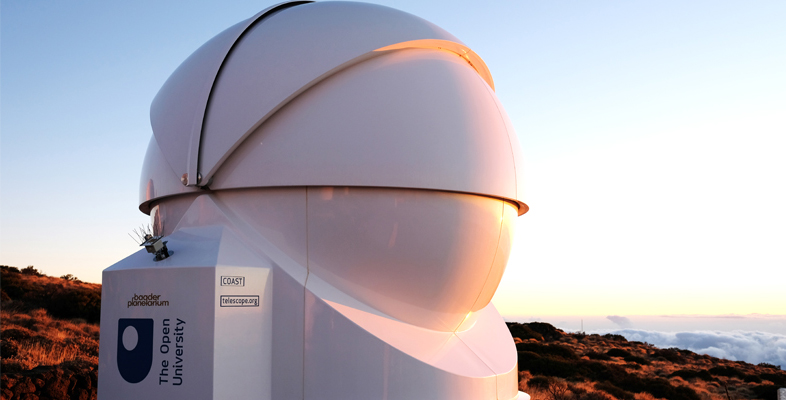3 Your limits
It is also important to be able to understand and measure your own limiting magnitude when observing with the naked eye and with any equipment you may own. So, for the final activity this week you will have the opportunity to design your own experiment.
Activity 5: Estimating your limiting magnitude
Your objective for this activity is to:
- determine your limiting magnitude when observing with the naked eye from a variety of locations.
- (as an extension activity) determine your limiting magnitude when observing with binoculars and / or a telescope from a variety of locations.
If you have access to a safe observing site and clear weather, try to estimate the magnitude of the faintest stars that you can see. Use your knowledge of dark adaption, what makes a good observing site, how to compare stellar magnitudes and how to match objects with Stellarium to determine their magnitude in order to help you determine your limiting magnitude.
You may find it useful to try a few different locations on a few different nights to see how light pollution and sky quality affect your ability to see faint objects. Remember to make notes of your results as they will be useful to you throughout this course and beyond, as you do more observing.
If you are lucky enough to have access to a really dark observing site, give your eyes time to fully dark adapt and try to look for the Milky Way.
If you are not able to get outside, try estimating the magnitude of the faintest stars that you can see in the image of Orion from Figure 1, matching each star up with the same star displayed in Stellarium to check its magnitude.
